
How to Clean and Replace Grease Filters in a Cooker Hood
Cooker hoods are essential for maintaining a clean and odour-free kitchen. At the heart of their performance lies the grease filter – a component designed to trap airborne grease particles during cooking. Over time, these filters become clogged with grease and grime, reducing the hood’s efficiency and potentially becoming a fire hazard. Regular cleaning and timely replacement of these filters not only keep your appliance running smoothly but also contribute to a healthier kitchen environment.
So, how often should you clean your cooker hood filters? Ideally, every 1 to 3 months, depending on your cooking frequency. For heavy daily use, monthly cleaning is recommended. Let’s explore how to clean and replace these filters step-by-step.
Types of Cooker Hood Grease Filters
Before getting started, it’s helpful to understand the different types of grease filters you might encounter:
- Aluminium Mesh Filters: Common and reusable, made of layered mesh that traps grease particles.
- Stainless Steel Baffle Filters: Found in high-end models, durable and dishwasher-safe.
- Charcoal Filters: Used in ductless hoods to remove odours. Not washable and should be replaced every 3–6 months.
- Paper or Foam Filters: Disposable filters used in older or budget models.

Tools & Materials You’ll Need
- Mild washing-up liquid or kitchen degreaser
- Soft brush or non-abrasive sponge
- Sink or basin large enough to soak the filter
- Replacement filters (if applicable)
- Screwdriver (if required for your model)
- Microfibre cloth or tea towel
- Optional: Dishwasher (for mesh or baffle filters)
How to Remove Grease Filters
Safety first – always switch off the cooker hood and unplug it if possible before removing the filter.
- Locate the filter – typically found on the underside of the hood.
- Look for a release mechanism, such as:
- Push-button or clip latch
- Slide-out frame
- Screws (less common)
- Gently remove the filter, taking care not to bend or damage it.
Tip: Place a towel on the hob to catch any drips or debris.
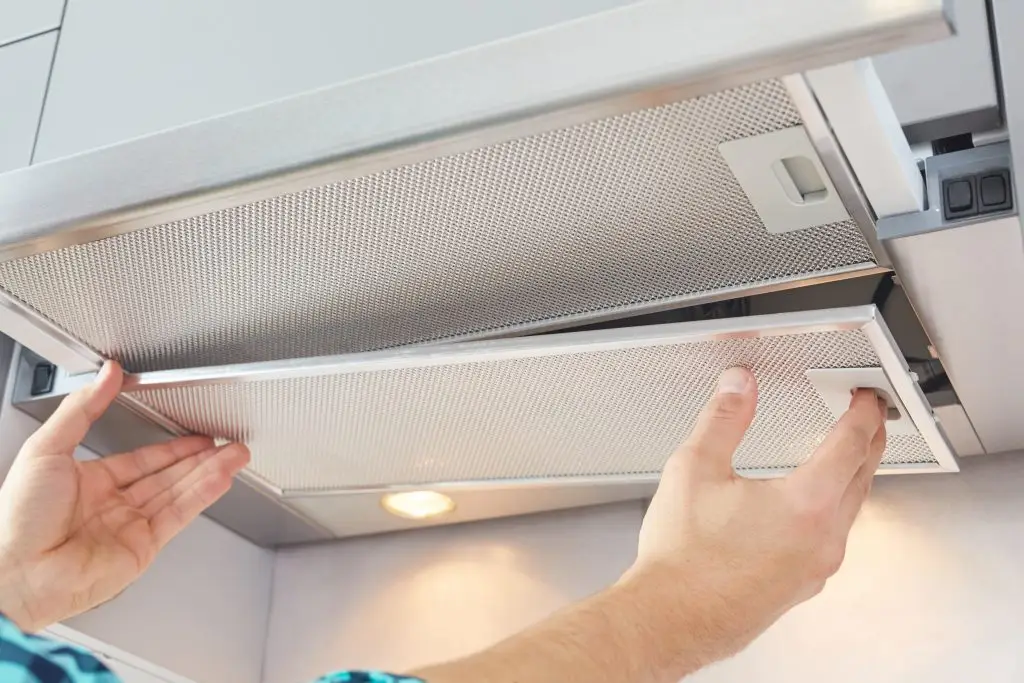
How to Clean Grease Filters
For Aluminium Mesh or Stainless Steel Baffle Filters:
Method 1: Hand Washing
- Fill your sink with hot water and add a good squirt of washing-up liquid or degreaser.
- Submerge the filter and let it soak for 10–15 minutes.
- Use a soft brush to scrub away grease, paying attention to all corners and layers.
- Rinse thoroughly with hot water.
- Shake off excess water and leave to dry completely on a towel.
Method 2: Dishwasher
- Place the filter on the top rack to avoid damage.
- Run a hot cycle without other dishes.
- Allow the filter to dry fully before reinstalling.
Avoid bleach or caustic chemicals as these can corrode the metal.
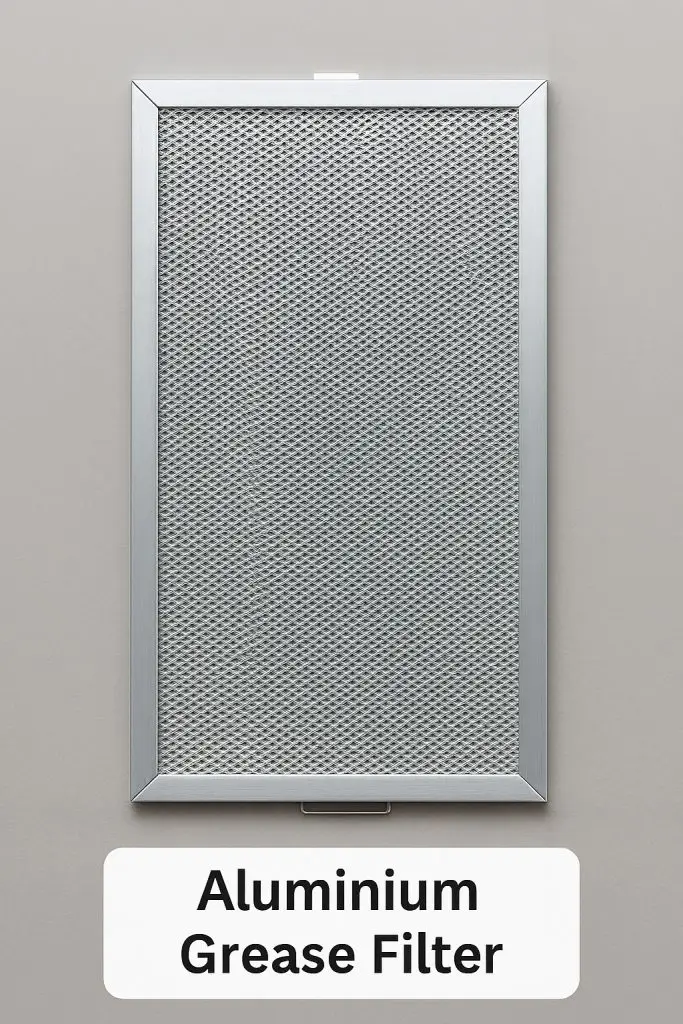

When and How to Replace Grease Filters
Filters should be replaced if:
- They are damaged or warped
- Foam or paper filters have reached their lifespan
- Aluminium filters remain greasy or discoloured after cleaning
Steps to Replace:
- Identify your cooker hood model number (usually on a sticker inside the hood).
- Buy the correct filter type and size from the manufacturer or a reputable supplier.
- Remove the old filter.
- Slot or screw the new filter into place, ensuring it fits securely.
Tip: Keep a spare set on hand for hassle-free swapping.
Reinstalling the Filter
- Ensure the filter is completely dry.
- Align it with the mounting points.
- Clip or screw it back into place.

Maintenance Tips
- Clean grease filters monthly if you cook frequently
- Wipe down the cooker hood exterior weekly
- Replace charcoal or disposable filters as per manufacturer guidance
- Always run the hood during and after cooking to capture grease and steam
Troubleshooting Common Issues
- Filter won’t come out: Check for hidden clips or refer to the user manual.
- Clean filter still smells: Soak longer, or try a vinegar solution.
- Fan performance is weak: May indicate a clogged filter or motor issue.
Conclusion
Maintaining your cooker hood’s grease filters is a simple task that pays off in better air quality, safer cooking, and longer appliance life. With the right approach, tools, and schedule, you can keep your extractor working like new.
Don’t forget to mark your calendar for the next clean, and consider setting reminders to keep your kitchen running efficiently year-round.
Frequently Asked Questions
- All Posts
- Cooker Hood Guides & Advice
- Dishwasher Guides & Advice
- General Appliance Guides & Advice
- Hob Guides & Advice
- Laundry Guides & Advice
- Microwave Guides & Advice
- Oven Guides & Advice
- Wine Cooler Guides & Advice
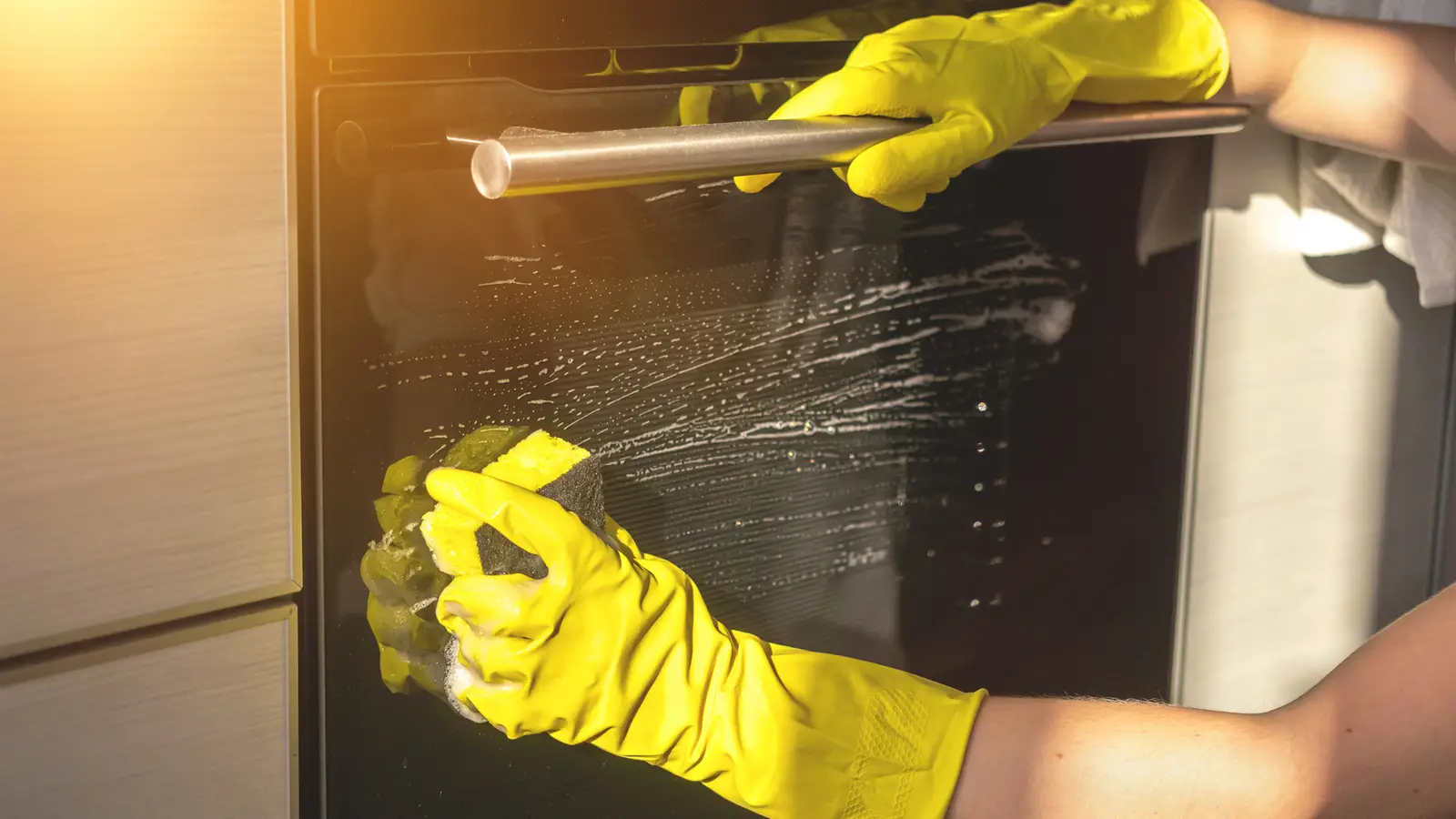
Learn how to clean glass oven door windows safely and effectively, inside and out. Follow our simple steps for clear,...

Can a ceramic hob be plugged into a normal socket? Learn the safety rules, power limits and installation advice before...
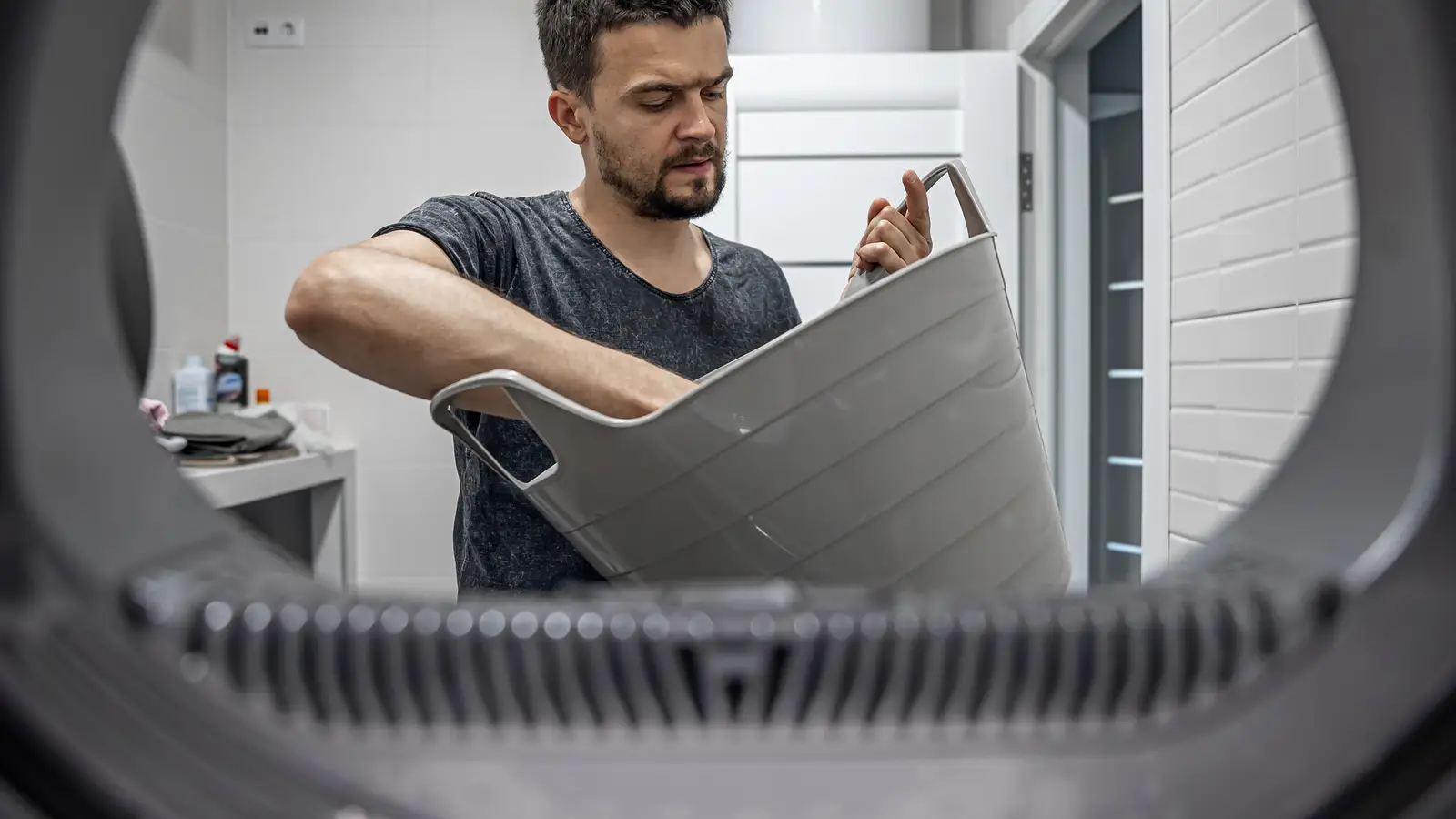
Discover how integrated washer-dryers really perform, including space, venting and drying realities. Learn what to expect before buying. Read now.

Learn what freezer burn is, how to prevent it, and keep your food fresher for longer. Follow these simple tips...
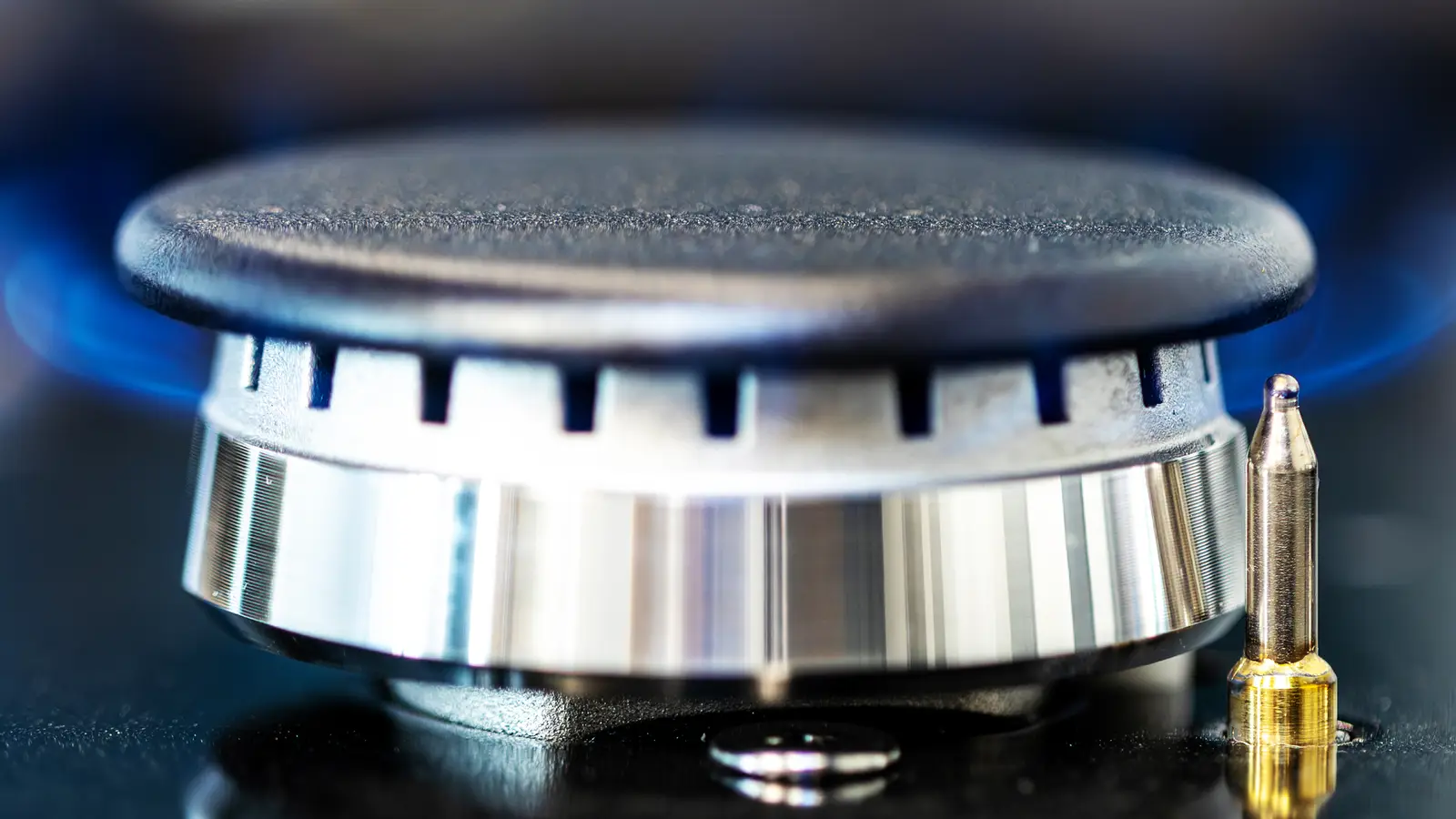
Find out if you can plug a gas hob ignition into a normal socket, plus safety rules and installer guidance....
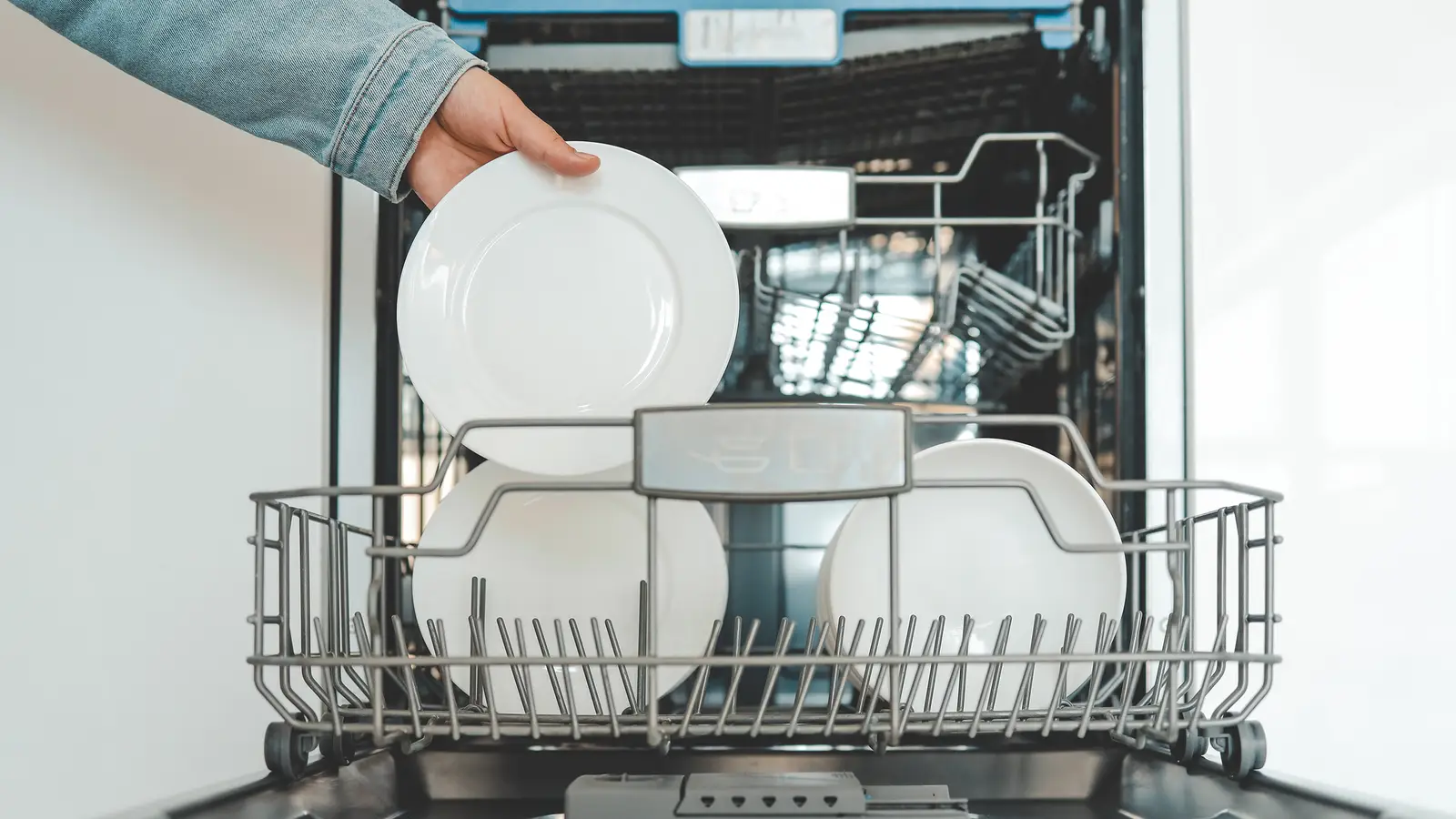
Learn what dishwasher salt and rinse aid do, why they matter, and when to refill them for the best cleaning...

Learn how to cook the perfect jacket potato with crispy skin and a fluffy centre. Quick, simple steps for oven...
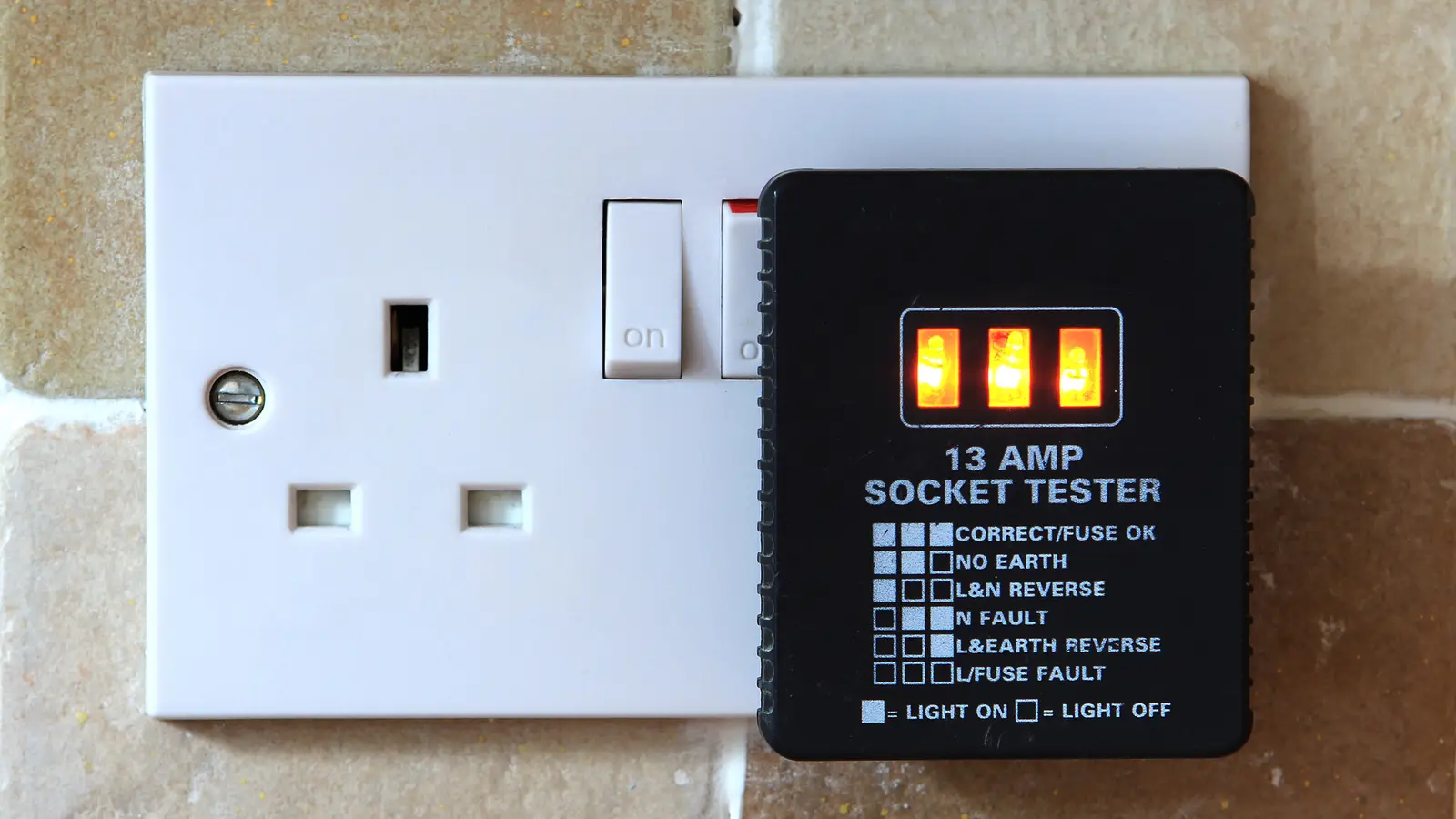
Find out if you can plug a dishwasher into a normal UK socket and what safety rules apply. Quick, clear...
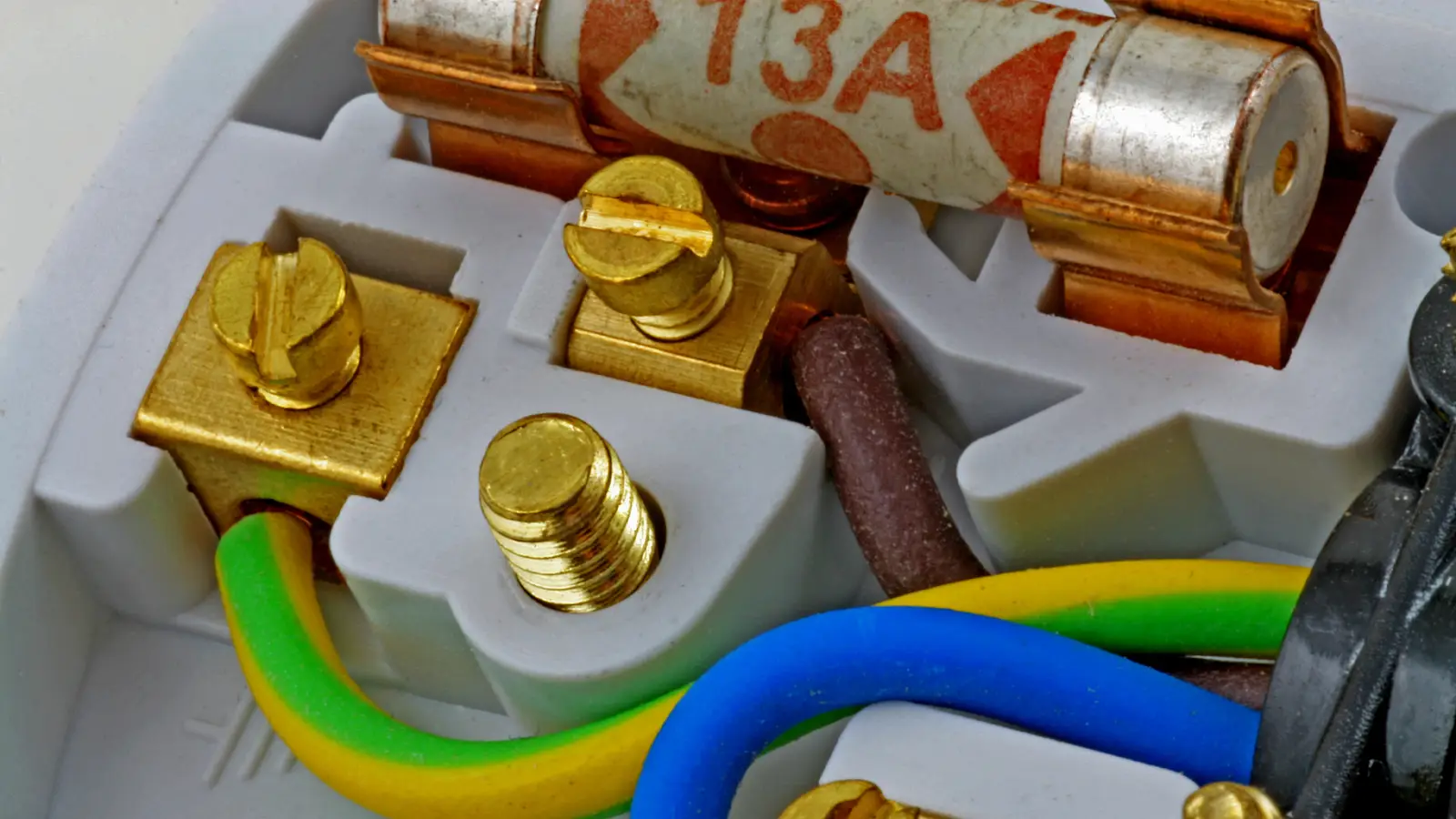
Unsure if a microwave & grill combo can use a normal UK socket? Learn the rules, wattage limits and safety...